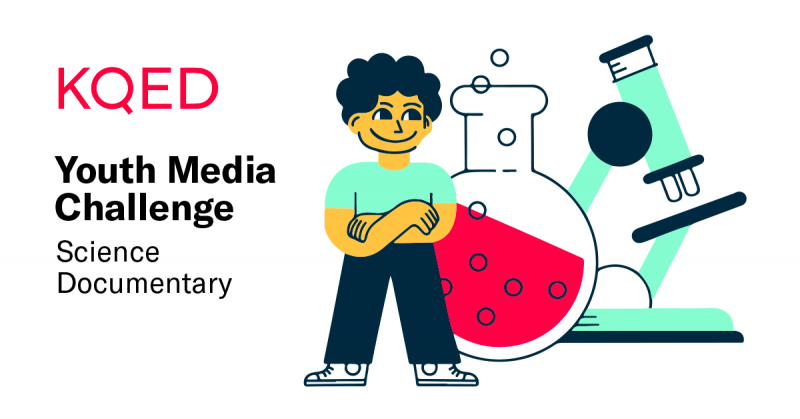Sign up for the free workshop to learn how to implement the challenge in your classroom!
We ask student scientists to experiment, design, explore and observe as they build critical understanding of science concepts. KQED’s new Science Documentary Youth Media Challenge helps students bring this learning to life by creating 60-90-second mini-documentaries showing how a science issue, concept or observation connects with their lives or community.
Merek Chang, a high school biology and chemistry teacher at William Workman High School near Los Angeles, appreciated the flexibility of the Science Documentary challenge and the opportunities for his students to show off their media-making abilities.
“The Sci Doc challenge was an eye-opening experience for me as an educator,” said Chang, who did the project remotely in a remedial chemistry class during summer school. “I was shocked by the ability many of my students have when it comes to creating and editing videos. Because the Science Documentary challenge does not limit students to a specific topic, students enjoyed having free rein on producing videos on topics that were of interest to them.”
Watch this example by Emely C. from Chang’s class, “How Powerful are Microwaves?” and find out if all microwaves are the same.

